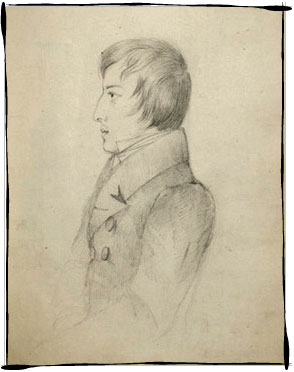



About the Mazurkas
The mazurka is a stylized dance form combining the features of three Polish folk dances: the brisk mazur, the lively oberek and the slow kujawiak. The first mazurkas were written as early as the end of the 18th century and had a certain utilitarian function – they introduced folk music to the salons of those days. The most noted among the composers who wrote mazurkas were Karol Kurpiński, Mikołaj Kleofas Ogiński, Maria Szymanowska and Józef Elsner. Elsner had a considerable impact on shaping the artistic development of Fryderyk Chopin, being first his teacher in Warsaw and later a good friend.
In Chopin’s oeuvre, mazurkas evolved to independent lyrical pieces, meditative in nature. They were like a lens in which the composer’s deepest recollections of his homeland were focused in the form of images of Polish folklore captured on staff paper. Chopin composed mazurkas practically throughout his lifetime: he published 41 of them in 11 opuses, further two were published separately and a dozen or so remained in manuscripts. A striking feature about Chopin’s mazurkas is their form, clear yet astonishingly diverse, ranging from miniatures to elaborate musical poems (an outstanding example is the Mazurka in C major Op. 6 no. 5, with a special form, senza fine), as well as deliberate limitation of textural devices. The elements of folk stylization include numerous modalisms (particularly the Lydian fourth and the Phrygian second), ostinatos, bourdon fifths, sophisticated ornamentation (such as ornaments used in bel canto and transposed to instrumental ground). The key role is played by rubato, i.e. intentional unsteadiness of tempo resulting from prolonging or shortening certain notes by the performer.
Although in his mazurkas Chopin never made any direct quotes from folk music, its echoes permeate their musical substance. The essence of those dance miniatures was probably best captured by the Polish writer Jarosław Iwaszkiewicz, who wrote: ‘In those fifty-odd short piano works the Polish composer contained the entire wealth of his soul, expressed his connection with the Polish people, offered the richness and refinement of his mind, and therefore we find in them such an abundance of musical ideas. Chopin’s mazurkas contain the recollections of all his voyages across Poland, memories of village songs and dances such as he came across in his wanderings on rural lanes’.
M.M.
Mazurka in D flat major, Op. 30 No. 3
The Mazurka in D flat major, the third in the Op. 30 set, drawn somewhat more amply than its two predecessors, is marked with the dash of a noble mazur, which opens and closes this composition with a harmonious two-part song in thirds. Marceli Antoni Szulc hears ‘lofty pride and grandeur’ in the opening theme, ‘giving way to doubt and gloomy resignation’ thereafter. The music that ensues is indeed curiously restless and shifting, as if seeking a path through a succession of keys. A particularly beautiful moment comes when, after a pause at a crossroads, the homeward path is found.
When listening to the D flat major Mazurka as a whole, one cannot resist the impression of hearing the music of recollections – now keener, now more distant (the playing of echoes), now more cheerful, now nostalgically reflective (a continual switching of mode, from major to minor).
Author: Mieczysław Tomaszewski
A series of programmes entitled ‘Fryderyk Chopin's Complete Works’
Polish Radio 2

